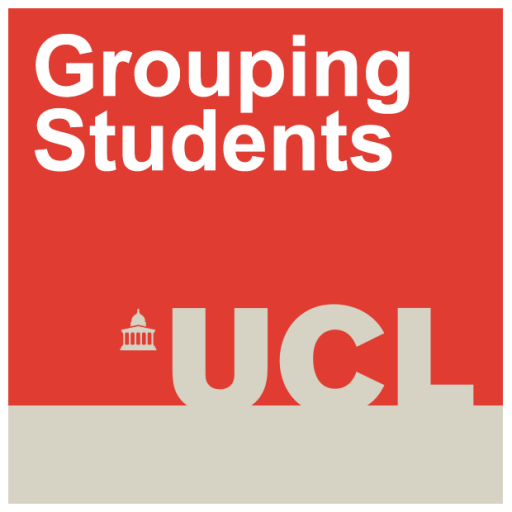Best Practice in Grouping Students goes to BERA
By qtnvarl, on 7 September 2017
– Dr Becky Taylor
 The ‘Grouping Students’ team has been at the seaside this week, attending the 2017 conference of the British Educational Research Association (BERA) in Brighton. We shared early findings from tour project in a symposium on Tuesday afternoon. Along with mathematics educator, mixed-attainment teaching expert and friend of the project Tom Francome (University of Birmingham), Becky Taylor and Jeremy Hodgen presented findings relating to mixed attainment teaching: why schools don’t do it, what the benefits can be and how some schools buck the trend and make it work.
The ‘Grouping Students’ team has been at the seaside this week, attending the 2017 conference of the British Educational Research Association (BERA) in Brighton. We shared early findings from tour project in a symposium on Tuesday afternoon. Along with mathematics educator, mixed-attainment teaching expert and friend of the project Tom Francome (University of Birmingham), Becky Taylor and Jeremy Hodgen presented findings relating to mixed attainment teaching: why schools don’t do it, what the benefits can be and how some schools buck the trend and make it work.
Becky Taylor shared findings from the pilot and recruitment stages of our project, explaining that we had found schools reluctant to engage with mixed-attainment teaching. Interviews with heads of subject led us to interpret this as a vicious circle, where the lack of models and exemplars mean that there is little evidence available to schools that mixed-attainment can be successful. This leads to scepticism and fear that mixed attainment teaching is too difficult. This fear discourages schools from using mixed-attainment – and so there are few exemplars and the cycle continues. For more detail, read our paper here (open access).
Tom Francome reviewed evidence from his own work, a comparison of two mathematics departments: one using mixed attainment grouping and the other teaching in sets. There were striking differences both in student attitudes and teacher approaches. Students and teachers in the mixed attainment school had stronger growth mindset: they believed that they could improve their attainment in mathematics through effort. Teachers in the mixed attainment school had stronger ‘connectionist’ beliefs about mathematics – beliefs that have been shown to be a feature of more effective mathematics teachers (Askew et al 1997). Tom’s research shows that where mathematics departments buck the trend and teach in mixed attainment groups, they can provide positive examples of mixed attainment teaching that could help break the vicious circle.

Jeremy Hodgen presented evidence from three ordinary schools that participated in the Best Practice in Mixed Attainment project. In each school the heads of department were very strongly, and publically committed to mixed attainment teaching as a way of improving equity. Jeremy argued that while strong values support mixed attainment teaching, they are not sufficient. In addition, subject leaders used a ‘winning them over’ strategy, treating the change to mixed attainment teaching as one aspect of a wider vision of improving learning and pedagogy.
Becky Francis responded to the presentations and chaired a thought-provoking discussion, with questions asked about classroom practices, the role of teaching assistants, mastery learning and the evaluation of our Education Endowment Foundation-funded project. We have also been enjoying reading the debates sparked on Twitter by coverage of our work in Schools Week and the TES.
 Close
Close








